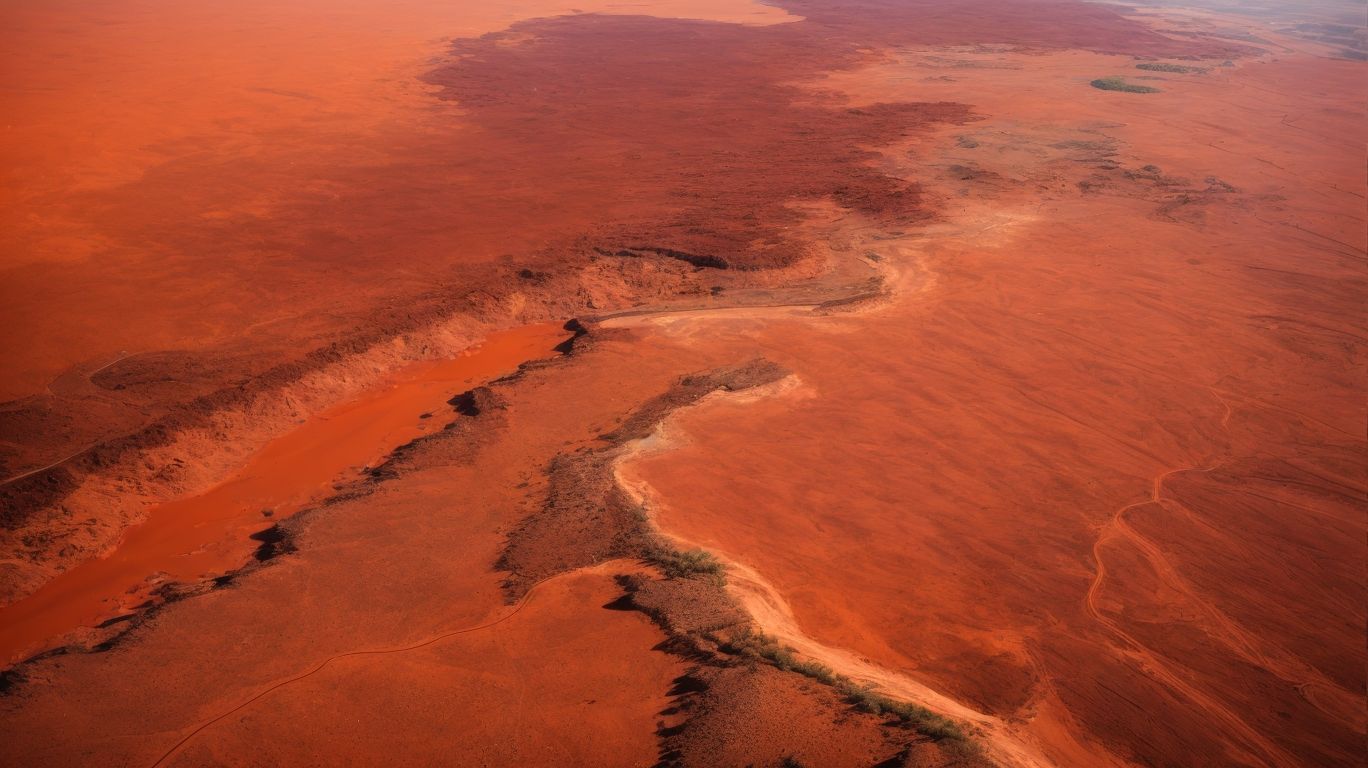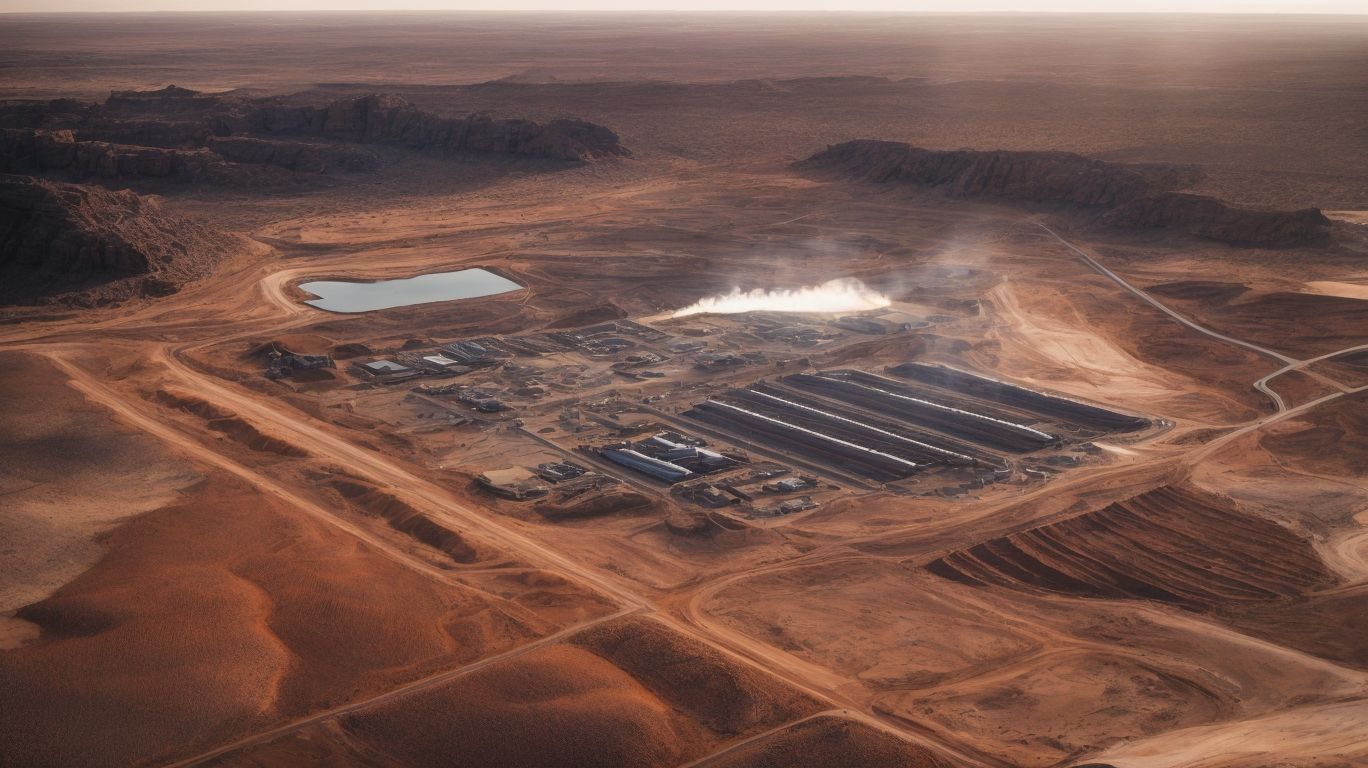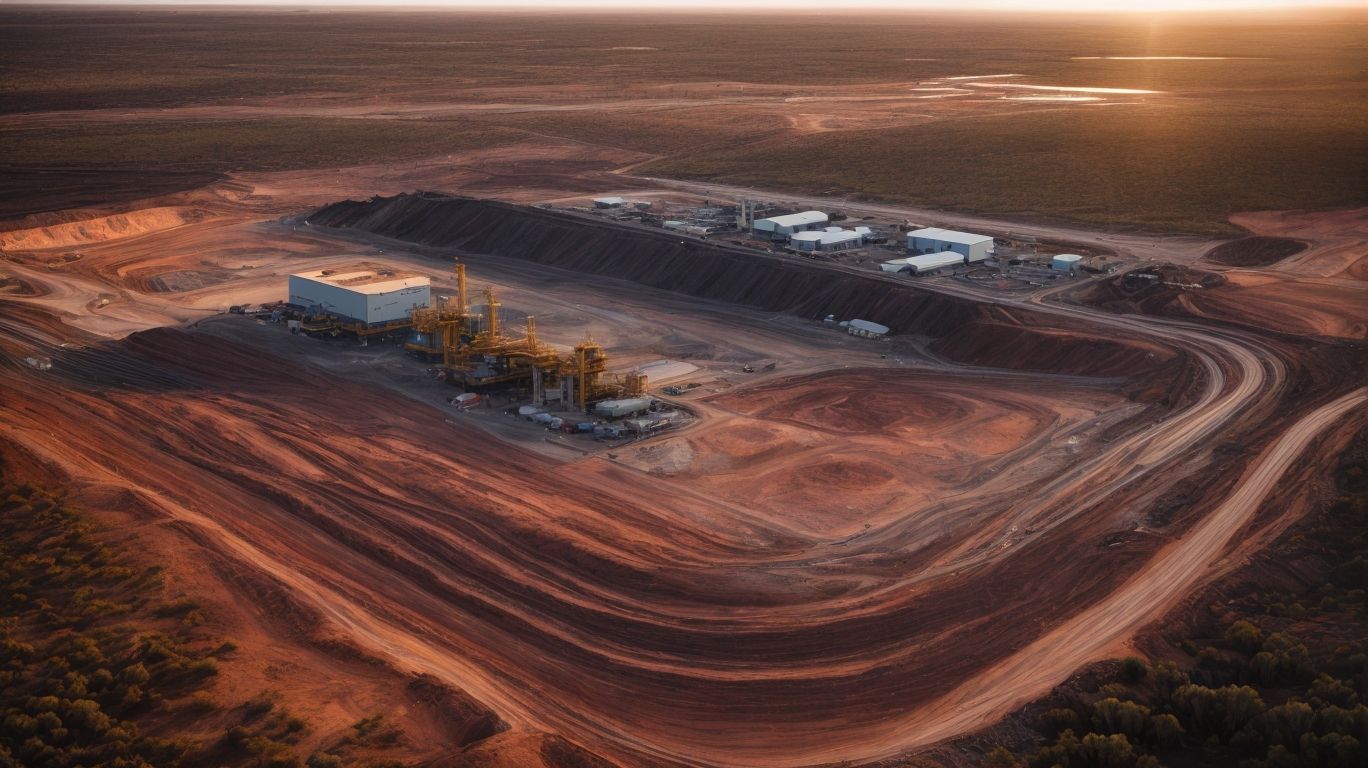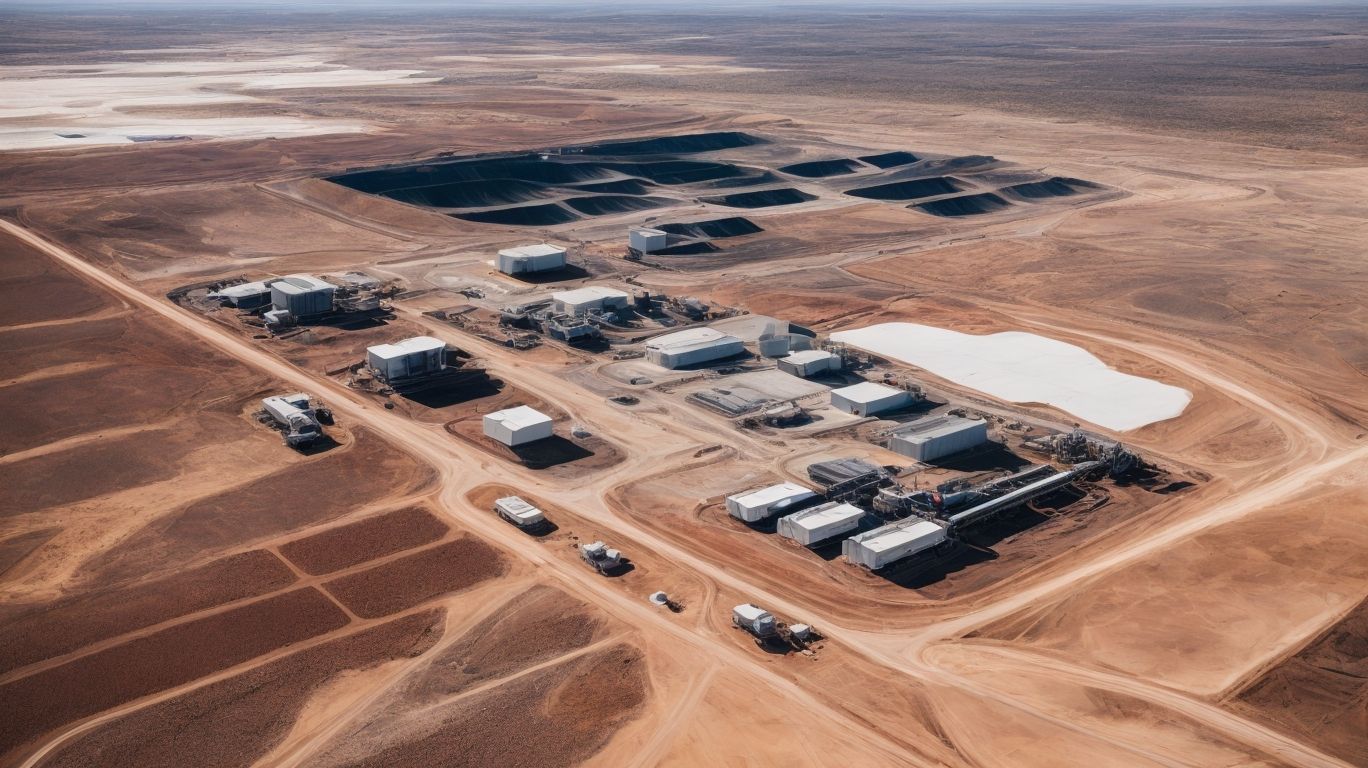Lithium, a soft, silver-white metal, is becoming increasingly vital in the production of rechargeable batteries for electronic devices, electric vehicles, and renewable energy storage. Australia is the world’s largest producer of lithium, with Western Australia being home to significant deposits of this valuable mineral. Western Australia is the second largest producer of lithium in the world, with the majority of it being found in the Pilbara region.
Some of the major lithium deposits
Some of the major lithium deposits are located in Western Australia in Greenbushes, Mt Marion, Mt Cattlin, and Mt Holland. These deposits are rich in spodumene, a mineral that contains high concentrations of lithium. Apart from these established lithium deposits, there are also potential mining sites in Western Australia that are being explored, such as the Pilgangoora and Pilbara regions.
With the increasing demand for lithium, Western Australia is becoming a hotspot for mining companies and investors. Lithium is a crucial component in the production of batteries for smartphones, laptops, electric vehicles, and renewable energy storage. As the demand for these products continues to rise, so does the demand for lithium. Furthermore, lithium is also used in the production of ceramics, glass, and lubricants.
Lithium mining in Western Australia has various benefits
Benefits of lithium mining include:
- Job Creation: The mining industry in Western Australia employs a considerable number of people, and lithium mining is providing job opportunities for people with varying levels of education and experience.
- Economic Growth: With the increasing demand for lithium, Western Australia’s economy is experiencing significant growth. This has a positive impact on various industries, including transportation, construction, and manufacturing.
- Technological Advancements: The use of lithium in batteries has led to technological advancements in the production of electronic devices and electric vehicles, making them more efficient and sustainable.
While the economic benefits of lithium mining are undeniable, there are also valid concerns about its environmental impact, potential infringement on indigenous rights, and water usage. These concerns need to be addressed and regulated to ensure responsible and sustainable mining practices in Western Australia.
The future of lithium mining in Western Australia looks promising, with the potential for growth in both production and demand. However, the government must implement regulations to ensure responsible mining practices and address concerns about its environmental and social impact. Additionally, alternative solutions such as recycling and developing new battery technologies can help reduce the need for extensive lithium mining.
What Is Lithium?
Lithium is a silvery-white alkali metal known for its exceptional electrochemical properties. It is the lightest metal and solid element in the periodic table, highly reactive and flammable.
Lithium is widely used in rechargeable batteries for electronic devices, electric vehicles, and energy storage systems due to its high energy density and long life cycle.
Where Is Lithium Found In Western Australia?

Lithium deposits in Western Australia are primarily situated in the Greenbushes area, where the world’s largest hard rock lithium mine operates. Additionally, significant lithium reserves are found in the Pilgangoora region. These locations are crucial for the lithium industry’s growth and job creation in Western Australia.
To explore further, consider visiting these regions for potential job opportunities or investment prospects.
What Are The Major Lithium Deposits In Western Australia?
The major lithium deposits in Western Australia include Greenbushes, Mount Marion, and Pilgangoora. These deposits are significant in the global lithium market, with Greenbushes being one of the largest and highest-grade lithium mines in the world.
What Are The Potential Lithium Mining Sites In Western Australia?
In Western Australia, potential lithium mining sites include Greenbushes, Mount Marion, and Wodgina. These sites are significant in global lithium production, with ample resources to meet increasing demands for lithium-ion batteries. Additionally, the Pilgangoora and Earl Grey lithium projects have gained attention for their substantial lithium reserves. Considering the vast potential of these sites, Western Australia remains a key player in the global lithium market.
What Are The Uses Of Lithium?

Lithium has various industrial and medical uses. It’s employed in the production of batteries for electric vehicles, mobile phones, and laptops due to its lightweight nature and high energy density. Additionally, it’s used in psychiatric medication as a mood stabiliser. Lithium also contributes to greener energy solutions and the treatment of mental health disorders. When considering the uses of lithium, it’s essential to acknowledge its significance in advancing technology and improving mental health treatments. Understanding its diverse applications can help in appreciating its importance and potential for future innovations.
What Are The Concerns About Lithium Mining In Western Australia?

As the demand for lithium continues to rise, Western Australia has become a hotspot for mining companies looking to extract this valuable resource. However, as with any form of resource extraction, there are concerns and potential consequences that must be considered. In this section, we will discuss the main concerns surrounding lithium mining in Western Australia, including the potential environmental impact, issues surrounding indigenous rights, and the water usage required for extraction. By understanding these concerns, we can have a more well-rounded view of the impact of lithium mining on this region.
1. Environmental Impact
Water Contamination: Lithium mining can lead to water contamination through the release of toxic chemicals and heavy metals.
Land Disruption: Mining activities can disrupt local ecosystems, leading to habitat destruction and loss of biodiversity.
Air Pollution: The mining process and transportation of lithium can result in air pollution, impacting air quality in the surrounding areas.
2. Indigenous Rights
Indigenous rights in lithium mining involve respecting native land, preserving cultural heritage, and ensuring fair compensation. In Western Australia, collaboration with indigenous communities is essential, as seen in partnerships between mining companies and traditional landowners, such as the Yindjibarndi Aboriginal Corporation.
3. Water Usage
Implement efficient water recycling systems to minimise usage.
Use advanced technologies for water conservation during the mining process.
Monitor and manage water extraction to prevent overuse and preserve natural resources.
What Is The Future Of Lithium Mining In Western Australia?

As the demand for lithium continues to rise, the future of lithium mining in Western Australia is a topic of great interest. In this section, we will discuss the potential growth of the industry and the impact of government regulations on the mining sector. Additionally, we will explore alternative solutions that could potentially shape the future of lithium mining in this region. By understanding these factors, we can gain insight into the potential job opportunities and economic impact that lithium mining can bring to Western Australia.
1. Potential Growth
Exploration: Identify new lithium deposits through geological surveys and remote sensing technologies.
Extraction: Implement efficient mining techniques to extract lithium economically and sustainably.
Processing: Develop advanced methods to refine lithium ore into high-purity lithium compounds.
Market Demand: Continuously monitor global demand for lithium in various industries to capitalise on potential growth opportunities.
2. Government Regulations
Government regulations play a crucial role in overseeing the lithium mining industry in Western Australia. These regulations encompass:
- Environmental protection
- Indigenous community consultation
- Labour safety standards
3. Alternative Solutions
Recycling: Implement efficient methods to recover and reuse lithium from batteries and other products to reduce the need for new mining.
Research into Alternatives: Invest in research and development of alternative energy storage solutions to minimise reliance on lithium.
Exploring Substitutes: Explore and promote the use of other materials with similar energy storage capabilities to decrease the demand for lithium.
What is operational technology (OT) and how does it relate to the job market in Western Australia’s lithium sector?
Operational technology refers to the use of technology to enhance control and decision-making in operations and maintenance. In the field of lithium, OT plays a crucial role in improving efficiency, reducing costs, and promoting sustainability. This makes it a highly sought-after skill in the job market, especially in Western Australia where the demand for green energy is rapidly growing.
What is the role of information & communication technology (ICT) in the lithium industry in Western Australia?
ICT encompasses a wide range of roles and responsibilities related to technology and communication. In the lithium industry, ICT is essential in driving innovation and efficiency, as well as facilitating communication and data management. This makes it a valuable skill to have in the job market, particularly in the context of green energy and sustainability.

